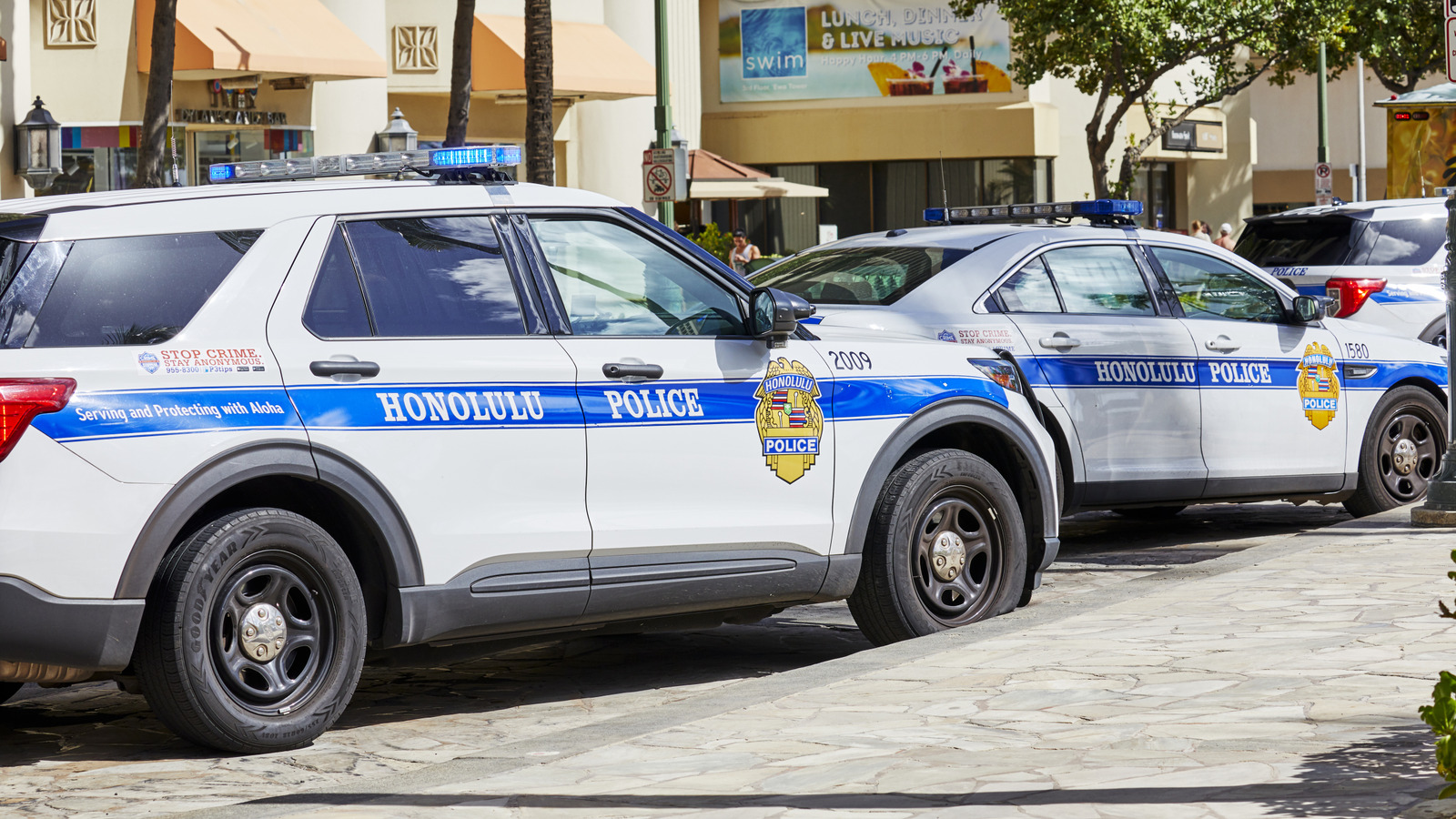Why Do Hawaii’s Police Cars Look So Familiar?
Ever spotted a Toyota Tacoma or a Honda Accord with flashing lights in Hawaii and wondered if your eyes were playing tricks on you? You’re not alone. Unlike most states, Hawaii’s police departments have a unique approach to patrol vehicles, and it’s turning heads for good reason.
Can Officers Really Use Their Own Cars for Patrol?
Yes, in several counties across Hawaii, officers can use their personal vehicles for police work. This isn’t just a quirky tradition—it’s a system known as the subsidized vehicle program. Instead of the department issuing a standard fleet, officers receive a monthly stipend to cover the cost of using their own car for official duties. The result? A police force that cruises around in everything from family sedans to rugged pickup trucks.
What’s Behind This Unusual Policy?
Hawaii’s geography plays a big role. With its remote islands, high shipping costs, and diverse terrain, maintaining a traditional fleet can be both expensive and impractical. By allowing officers to use their own vehicles, departments sidestep the logistical headaches of importing, servicing, and storing a massive fleet. Plus, officers can pick vehicles that best suit their beat—think 4x4s for rural areas or hybrids for city patrols.
How Does This Affect the Look and Feel of Law Enforcement?
If you’re used to seeing rows of identical black-and-whites, Hawaii’s streets might feel refreshingly unpredictable. One minute, you’ll spot a Ford Explorer with a light bar; the next, a Subaru Outback with police decals. This variety isn’t just for show. Officers often choose vehicles that blend in with local traffic, which can be a tactical advantage. But it also means tourists and residents alike need to pay closer attention—just because a car looks ordinary doesn’t mean it isn’t on official business.
Are There Any Drawbacks to This Approach?
Of course, there are trade-offs. Standardization makes maintenance, training, and equipment installation easier. With a patchwork of makes and models, departments have to adapt. Outfitting a personal car with sirens, radios, and cages isn’t always straightforward. And there’s the question of wear and tear—police work is tough on vehicles, and not every family SUV is built for the job.
What Do Officers Think About Using Their Own Cars?
Many officers appreciate the flexibility. They can drive a vehicle they’re comfortable with, and the stipend helps offset costs. Some even see it as a point of pride—personalizing their ride with upgraded safety features or better performance. On the flip side, a 2023 survey from the Hawaii Police Department found that about 30% of officers worried about long-term maintenance costs and depreciation, especially with the rising price of vehicles and parts on the islands.
How Does Hawaii’s System Compare to the Mainland?
Most US police departments issue standardized vehicles—think Dodge Chargers or Ford Interceptors. These are built for pursuit, with reinforced frames and heavy-duty cooling systems. Hawaii’s approach is more flexible but less uniform. According to the National Institute of Justice, departments with subsidized programs save on upfront costs but may spend more on retrofitting and ongoing maintenance. Still, for a state where everything from pineapples to patrol cars has to be shipped in, the trade-off often makes sense.
What Should Residents and Visitors Know?
If you’re driving in Hawaii, don’t assume the only police cars are the ones you’d spot in a Hollywood chase scene. Unmarked and marked vehicles alike could be anything from a minivan to a lifted Tacoma. Always follow local traffic laws, and don’t be surprised if that seemingly ordinary sedan behind you lights up with sirens.
The big takeaway? Hawaii’s police car policy isn’t about perfection—it’s about smarter adjustments. Start with one change this week, and you’ll likely spot the difference by month’s end.


